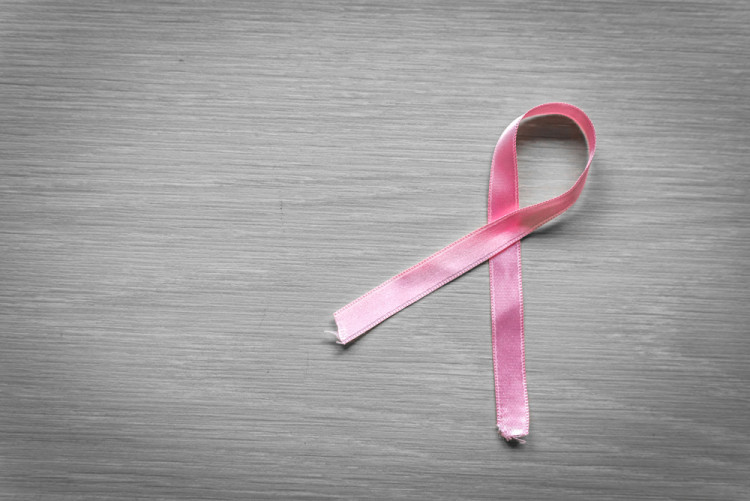If your shampoo, conditioner, hair products, body soap or household candles are scented, there’s a good chance you’re exposing yourself to synthetic scents. While your cupcake candle might make the house smell amazingly sweet, it may also be dangerous to your health.
According to the National Academy of Sciences, about 95% of chemicals used in synthetic fragrances are made from petroleum. These chemicals include known carcinogens. They also include substances that are linked to cancer, birth defects, central nervous system disorders and allergic reactions.

Your fresh or fruity shampoo, body lotion and even your laundry detergent might be riddled with toxic ingredients. These harmful synthetic scents are often listed on labels are “fragrance.” When a company uses the word fragrance on a label, there’s an underlying reason. It’s specifically to hide harmful and mysterious ingredients that can put your health at risk. This term, along with “parfum” can be used in place of around 3,000 different ingredients!
Serious Health Issues Linked To Synthetic Scents
1. Cancer
The Breast Cancer Fund lists avoiding synthetic fragrances as one of the top ways to help prevent breast cancer. Many synthetic scents are hormone disruptors. A group of chemicals known as phthalates have been linked to cancer, endocrine disruption and developmental toxicity. These synthetic fragrances are commonly used in cosmetics and household products.

2. Allergic Reactions
Fragrances rank among the top five allergens in the world. Allergic reactions to fragrance chemicals include headaches, migraines, difficulty breathing and sinus irritation. Studies have shown that allergies, sinus problems, migraines and asthma have increased dramatically in recent years. Many scientists believe there is a link between the increased use of synthetic fragrance products and the increase in these conditions.
3. Asthma
Those who have asthma can easily suffer symptoms when exposed to synthetic fragrances. This can include perfume, cologne or other scented products. The toxic chemical load can induce breathing difficulties and worsen symptoms. Products that contain synthetic fragrances should be avoided for those who suffer from asthma.
4. Autism
Research conducted at the Mount Sinai Children’s Environmental Health Center found that phthalates are linked to autism, symptoms of ADHD and neurological disorders. When pregnant women are exposed to phthalates, they may be extremely toxic to a developing fetus.

Here’s how these 19 commonly used chemicals affect the body:
- Acetaldehyde – Negatively impacts the kidneys, nervous system and respiratory system. Has been labeled “potentially carcinogenic to humans.’
- Benzophenone – Disrupts the endocrine system and is linked to liver tumors.
- Butylated Hydroxyanisole (BHA) – Disrupts the endocrine system and is listed as a carcinogen under California’s Prop 65.
- Butylated Hydroxytoluene (BHT) – A known skin and eye irritant.
- Benzyl Salicylate – A known allergen.
- Benzyl Benzoate – Exposure to this chemical can burn or irritate the genitalia and scalp.
- Butoxyethanol – Exposure to this chemical can lead to blood in the urine, vomiting and nausea. It can also cause long-term damage to the kidneys, liver, lymphoid system, nervous system respiratory system and blood cells. It’s also a skin, eye, nose and throat irritant.
- Butylphenyl Methylpropional – This chemical can cause skin inflammation and itchiness.
- Chloromethane – This chemical can have acute and chronic effects on the nervous system. It can also negatively effect the liver, kidneys and skin.
- Dichloromethane – This chemical is linked to tumors in the mammary gland.
- Diethyl Phthalate – This chemical irritates the eyes, skin and respiratory tract. It is also linked to nervous system damage.
- Formaldehyde – As a known human carcinogen, this chemical is banned in cosmetics and toiletries in both Japan and Sweeden.
- Oxybenzone – This chemical accumulates in the blood, kidneys and liver, and it may be toxic to liver cells.
- Porpylparaben – This chemical is linked to breast cancer.
- Resorcinol – This chemical affects the functioning of the liver, kidneys and spleen. It also negatively affects the cardiovascular system and the nervous system.
- Styrene – When inhaled, this chemical is toxic to the central nervous system, the red blood cells and the liver.
- Synthetic Musks – This chemical is linked to hormone disruption, reproductive development and organ damage. It can build up in breast milk.
- Titanium Dioxide – As a possible human carcinogen, this chemical is linked to lung and respiratory system damage.
- Dioxane – This is a common by-product that is a possible carcinogen.
Hidden Chemicals
According to the Campaign for Safer Cosmetics, more than 95% of shampoos, conditioners and styling products contain fragrance as an ingredient. That’s not all. Toxic chemicals hiding under the term fragrance can be found in:
- Lotions
- Hair products
- Scented candles
- Dryer sheets
- Laundry detergents
- Household cleaners
- Makeup
- Air fresheners
- Scented plug-in’s
- Deodorant
- Scented Soap
- Sunscreen
- Perfume and cologne
Sources:
Dr. Axe
Toxics Info
New York Times
Breast Cancer Fund
Dr. Axe
Neurotoxins: At Home And The Workplace


